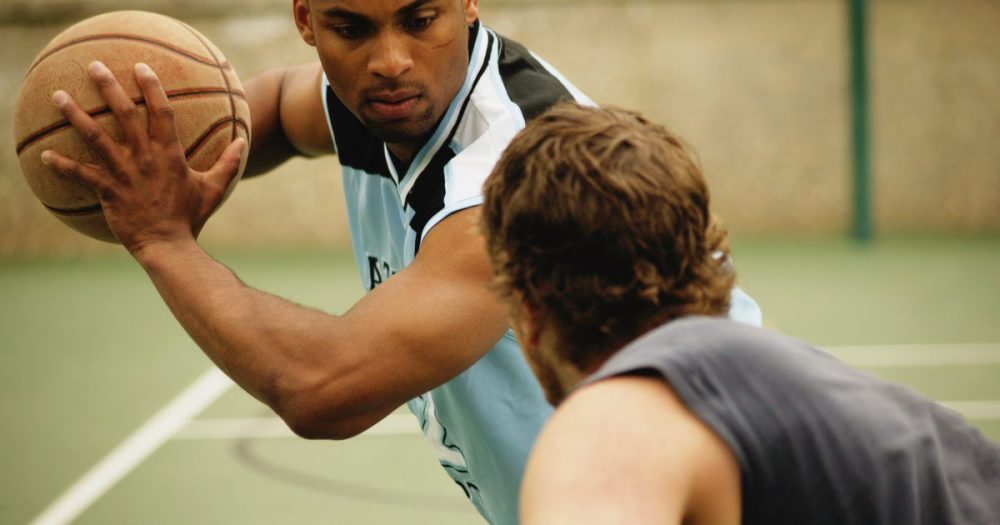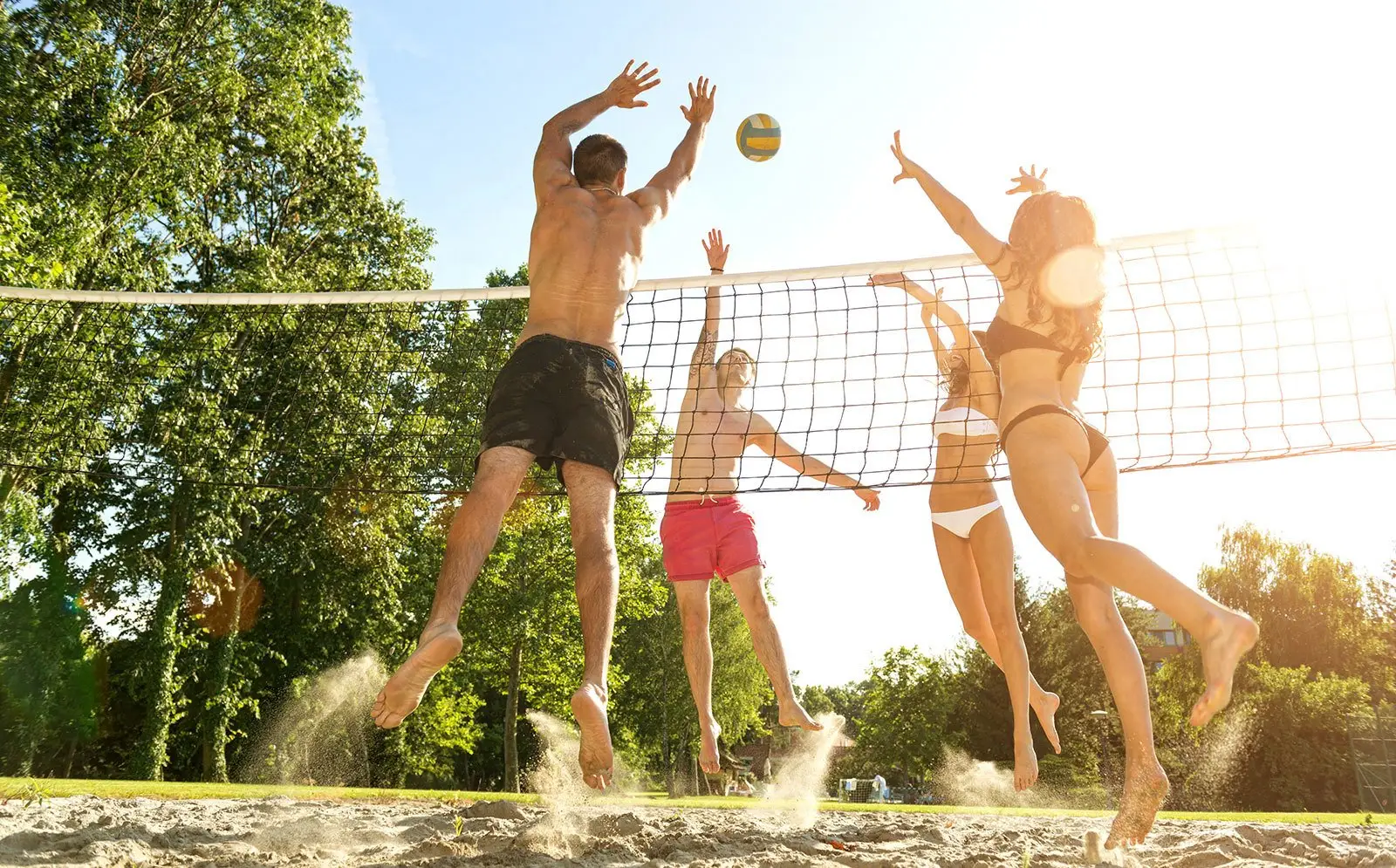Volleyball is not often in the spotlight in the cinema, but when it is, the results can be surprising. On the big screen, the sport becomes a real spectacle, full of emotion, drama and even humour. Films about volleyball are stories about human character, about the desire to overcome oneself, to conquer one’s fears and to succeed. Each of these films is more than just a sporting competition, it is a reflection of struggles, funny moments and touching life episodes that affect everyone.
‘Season of Miracles’ (2018): a story about the power of the mind and team cohesion
‘Season of Miracles’ – a film based on true events, tells the story of a school volleyball team that experiences the tragic loss of its captain. In the face of grief, the girls band together to honour the memory of their friend and get back to the top. Their path to championship is full of emotional challenges and overcoming personal difficulties. This story emphasises the power of friendship and team spirit to help the characters overcome the challenges.

The cast and the director
Director Sean McNamara masterfully conveyed the atmosphere of school sports and the personal experiences of the heroines. The film starred Helen Hunt and William Hurt, who contributed greatly to the realisation of this touching story. Their performances made the film more profound and emotional, reflecting all the difficulties and moments of joy that the characters go through.
Recognition and impact
‘Season of Miracles’ was favourably reviewed by critics for its inspiring storyline and strong acting performances. The film became a symbol of resilience and strength in volleyball and inspired viewers to overcome life’s challenges. Thanks to its sincerity and ability to show real emotions, it was able to win the hearts of viewers.
‘Dyldy’ (2019-2022): a comedy series about re-education and volleyball
‘Dyldy’ is a comedy series that tells the story of a scandal-ridden coach of a men’s volleyball team who, after a series of incidents, is sent to the provinces to work with a female student team. His methods and approaches are met with resistance, but gradually he finds a common language with his charges, and he himself experiences inner changes. The story emphasises how important it is to work on oneself and how strong the influence of sport is on personal change.
Director and cast
Directors Sergei Sentsov and Fyodor Stukov have created a light-hearted comedy with elements of drama. Pavel Derevyanko as coach Mikhail Kovalev brilliantly conveyed the evolution of his character from a brute to a true mentor who can inspire and support his protégés. Other actors such as Daria Ursulyak and Anna Nevskaya added charm and sincerity to the film.
Popularity and awards
‘Dyldy’ quickly became very popular with viewers thanks to a witty script and charismatic characters. The series won several television awards and became one of the most talked-about projects of recent years. Volleyball in cinema, portrayed through the prism of personal changes and comic situations, proved to be a sought-after topic, attracting both sports fans and lovers of a good comedy.
‘We Are the Champions’ (2023): a South Korean drama about the return to the will to win
 ‘We Are the Champions’ is a volleyball film about the women’s volleyball team “Pink Storm”, which has not won since 1997. After a series of failures and the team’s collapse, a new coach decides to revitalise them and bring them back to their former glory. The story is about difficult training, psychological obstacles and trying to build relationships between the team members, which helps them find the strength to get back up and win.
‘We Are the Champions’ is a volleyball film about the women’s volleyball team “Pink Storm”, which has not won since 1997. After a series of failures and the team’s collapse, a new coach decides to revitalise them and bring them back to their former glory. The story is about difficult training, psychological obstacles and trying to build relationships between the team members, which helps them find the strength to get back up and win.
Director and cast
Director Shin Young-shik created a profound drama that reflects the reality of sports life and the emotions of athletes on their way to success. The main roles were played by famous South Korean actresses such as Kim Hye-suk and Park Bo-yeon, whose performances give the film emotional depth and credibility. Every scene is full of sincerity and shows the importance of not losing hope and believing in yourself even when things seem impossible.
Reviews and acclaim
‘We are the Champions’ received positive reviews for its realistic portrayal of everyday sport and the psychological depth of the characters. The film became a symbol of revival and willpower, inspiring viewers to achieve their goals. Sports films about volleyball often show the physical efforts, but ‘We Are the Champions’ also pays great attention to the inner world of the characters, which makes it unique in its genre.
‘Iron Ladies’ (2000): a comedy about overcoming clichés
‘Iron Ladies’ is a film comedy from 2000 based on the true story of a Thai volleyball team made up of transsexual women and gay men. Despite society’s prejudices and numerous difficulties, the team achieves success at national level and proves that talent and perseverance are more important than prejudice. The film is full of light-hearted and funny moments and at the same time raises important questions about equality and tolerance.
Director and cast
Director Yongyot Thungphuwong has created an unforgettable and touching comedy that addresses important social issues and breaks down stereotypes. The cast of little-known actors has brilliantly portrayed the spirit of the team and the personality of each character. Their performances make the film dynamic and full of vivid emotions that captivate the audience from the very first minute.
Influence and recognition
‘Iron Ladies’ became a cult film about volleyball in Thailand and beyond, winning numerous awards at international film festivals. The film raised questions about tolerance and equality and became an important step in the discussion of LGBTQ+ issues in cinema.
‘Path to Medals’ (2016): a documentary look at the Olympic team
‘Path to Medals’ is a documentary film that sheds light on the preparation of the US women’s volleyball team for the Olympic Games. The viewer sees life behind the scenes of the team, the training, the personal stories of the players and their path to the medals. The film highlights the difficulties and discipline of the athletes and shows how each of them overcomes personal and team challenges.
Staging and presentation
Director Lee Phelps used unique footage and interviews to show the true emotions and endeavours of the athletes. Viewers can see every detail, from the first training sessions to exciting competitions. The story is full of sincerity and allows viewers to immerse themselves in the world of professional sport.
Impact on viewers and critics
‘Path to Medals‘ has received positive reviews for its detailed portrayal of the training process and its emphasis on the players’ personal stories. The script inspires not only the athletes but also all those who strive for their dreams and shows that achieving a goal requires a lot of hard work and dedication.

Conclusion
 Films about volleyball tell stories about people, their dreams, victories and failures. In each of the films, sport is not only the main plot, but also a symbol of life, with all its difficulties and joys. It connects, inspires and helps people to find themselves, which makes it such a powerful subject for cinema.
Films about volleyball tell stories about people, their dreams, victories and failures. In each of the films, sport is not only the main plot, but also a symbol of life, with all its difficulties and joys. It connects, inspires and helps people to find themselves, which makes it such a powerful subject for cinema.
 en
en  de
de  ar
ar  es
es  hi
hi  fr
fr  nl
nl  it
it  pt
pt  el
el 










